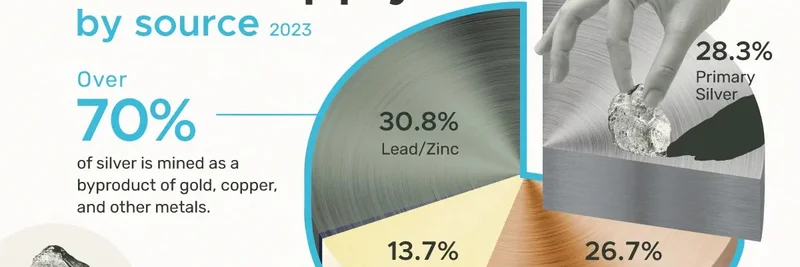In the fast-paced world of cryptocurrency, big moves by whales—those mysterious holders of massive amounts of digital assets—can send ripples across the entire market. Today, Whale Alert, a popular blockchain transaction tracker, spotlighted a significant transfer: 500 Bitcoin (BTC), valued at around $55 million USD, moving from Fidelity to an unknown new wallet. This kind of activity often sparks speculation among traders and enthusiasts alike, especially in communities buzzing around meme tokens.
Breaking Down the Transfer
The alert came via a tweet from @whale_alert, highlighting the transaction on the Bitcoin blockchain. For those new to this, Whale Alert monitors large and unusual transfers across various blockchains, providing real-time insights that help the crypto community stay ahead. In this case, the funds originated from Fidelity, a major financial services firm that's been increasingly involved in crypto custody and trading through its digital assets arm.
The transaction details are available here, showing a clean move to a fresh wallet address. While it's not uncommon for institutions like Fidelity to shuffle assets—perhaps for security, client distributions, or internal management—it raises eyebrows when the destination is unmarked. Is this a sign of accumulation, liquidation prep, or just routine housekeeping?
Why Whales Matter in Crypto
Whales hold the power to influence prices with their sheer volume. A dump could tank the market, while accumulation might signal bullish sentiment. Bitcoin, as the king of crypto, often sets the tone for altcoins, including the wild ride of meme tokens like Dogecoin, Shiba Inu, or newer entrants. When BTC experiences volatility from such transfers, meme coins—known for their community-driven hype and sensitivity to broader market moods—can amplify those swings.
For instance, if this transfer hints at institutional selling pressure, we might see BTC dip, dragging meme tokens down with it. Conversely, if it's part of a larger strategy by Fidelity to hold or redistribute, it could bolster confidence in Bitcoin's stability, giving meme projects room to pump on positive news or viral trends.
Potential Impact on Meme Tokens
At Meme Insider, we're all about decoding how these macro events trickle down to the meme ecosystem. Meme tokens thrive on sentiment, memes (obviously), and liquidity flows from bigger players. A whale move in BTC could indirectly fuel meme coin rallies if traders rotate profits into riskier assets. We've seen this pattern before: post-BTC surges, capital often floods into alts and memes seeking higher returns.
Keep an eye on on-chain metrics and social buzz. Replies to the Whale Alert tweet included speculations ranging from market dumps to OTC deals—over-the-counter trades that avoid public exchanges to minimize slippage. If this transfer is OTC-related, it might not hit spot prices immediately, but the FUD (fear, uncertainty, doubt) alone could jitter meme communities.
Staying Informed in the Meme World
Events like this underscore why tracking whale activity is crucial for anyone in blockchain, from seasoned traders to meme enthusiasts building their knowledge base. Tools like Whale Alert make it accessible, and here at Meme Insider, we curate these insights to help you navigate the latest tech news and trends in meme tokens.
Whether you're holding BTC or diving into the next big meme, remember: crypto is volatile, so always do your own research. What's your take on this transfer—bullish signal or cause for caution? Drop your thoughts in the comments below!


